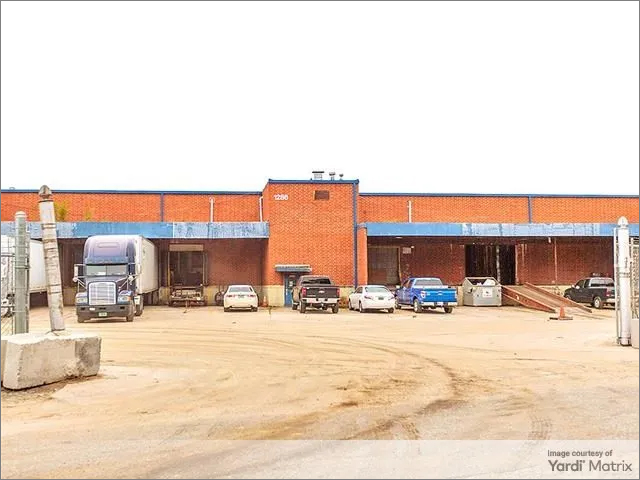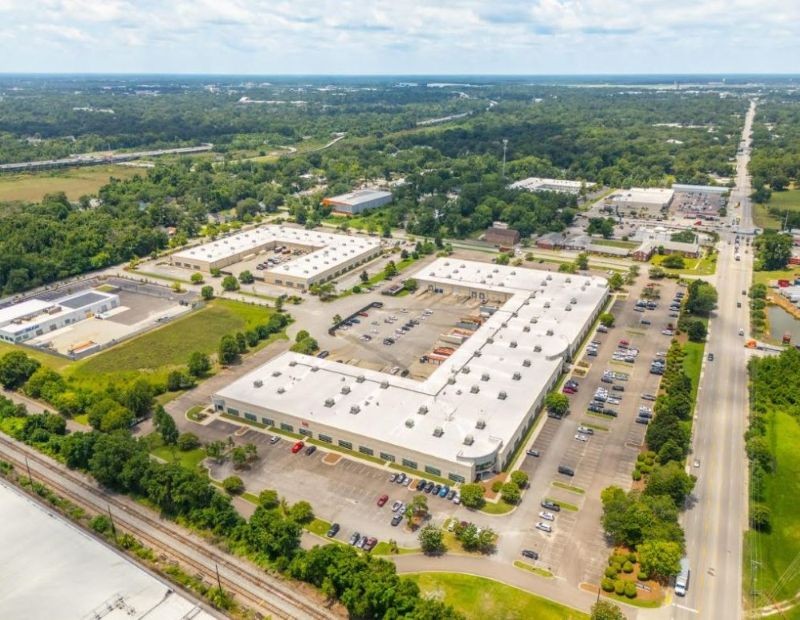Economist’s View: How Employees’ Flight to Quality Impacts CRE
Hugh Kelly takes a deep dive into the implications of rapidly shifting workplace realities.
Thomas Edison is usually credited with the aphorism “Genius is one percent inspiration and 99 percent perspiration.” (Like many famous sayings, the origin is disputed with scholars now thinking that the originator was Kate Sanborn, a 19th century author who taught variously at Brooklyn’s Packer Collegiate Institute and at Smith College in Massachusetts.) Regardless of its coinage, the kernel of truth in the saying is that good work is, well, work.
In 2022 we need to reflect on this, I believe. We are apparently in the throes of a reconfiguration of work that is at the same time a reconceptualization of the way we support ourselves and build our careers. Although this reappraisal of work has a long pedigree, dating back to Adam Smith and David Ricardo in the “labor theory of value” and including social commentary such as Thorstein Veblen’s The Theory of the Leisure Class, it seems that we are at a pivot point as we emerge—however haltingly—from the COVID-19 pandemic. As with so many economic changes, perspectives about work—both from the point of view of workers themselves and also their employers—manifest themselves in the real estate world much more clearly than in academic studies.
Let’s first look at some data, and then look at an alignment of interests for workers in their role as occupiers of real estate, employers as those paying the rent for real estate, managers as value enhancers in building operations and owners seeking to maximize the risk/reward ratio for their investments.
Economists have long known that the decade of the 2020s was going to be different—even without the startling challenges of a pandemic and now a shooting war on the European continent. Demographics mark this decade as the decisive period when the U.S. shifts from a fundamentally labor-surplus economy to a chronically labor-scarce one. The remarkable return of the U.S. unemployment rate to 3.6 percent in March 2022 is but one signal. Data from the Bureau of Labor Statistics JOLTS (Job Openings and Labor Turnover Survey) report showed significant churn for workers as of February—with 11.7 million job openings listed, and hiring outpacing separations (quits, layoffs and discharges) by 600,000 jobs. The range of worker choices seems to be expanding at present.
Meanwhile, Prudential Insurance’s “Pulse of the American Worker Survey” reveals that workers are raising their expectations of employers. More than two-thirds of workers expect to get a raise this year. In terms of benefits, 45 percent feel empowered to press for improvements in their packages. A clear majority are now evaluating jobs on work-life balance criteria. And six in 10 managers report mental health stress, with those overseeing hybrid workers indicating even greater difficulty. There is significant managerial skepticism about the durability of the remote work model, in contrast to what seems a popular consensus about a “new normal” for workplaces.
The unifying thread for workers, employers, property managers and building owners may be a “flight to quality.” This is actually a recurrent pattern in time of uncertainty and rapid change. When choices expand and the market becomes more competitive, narrowing pricing differentials make qualitative options increasingly valuable.
I recently undertook a study of the Houston office market where this thread emerged as a vital pattern. Houston has one of the softest office markets in the country, with broker reports typically placing its vacancy rate in the mid-to-upper 20 percent range. Clearly tenants have ample choice here. Corporate churn is a major threat to property income. Yet owners clearly recognize that it is more economical to invest in retaining corporate users than it is to replace them. Rents in Houston’s core submarkets—in and around the inner I-610 loop, along the Katy Freeway and in The Woodlands suburban area—are higher and vacancies lower than for the metro average. And Class A properties outperform Class B buildings on the same metrics. Quality is trumping cost, by all indications.
Tenants, in turn, recognize that in a labor market where power has migrated toward workers, providing a high-quality workplace improves their ability to attract and retain the talent needed to support business profits. This means not only well-located buildings and well-designed spaces but also high-quality maintenance, HVAC systems and other “well building” features and due attention to worker priorities. A broad understanding of what excellent human resource management entails falls ultimately to a firm’s bottom line.
Investors taking the long view will recognize that such factors are useful filters for making property selections in the fluctuating markets of 2022 and beyond. Such selectivity is not a pursuit of novelty. It is, rather, today’s version of sound, basic evaluation and good prudential judgment in an ever-changing economic landscape.









You must be logged in to post a comment.